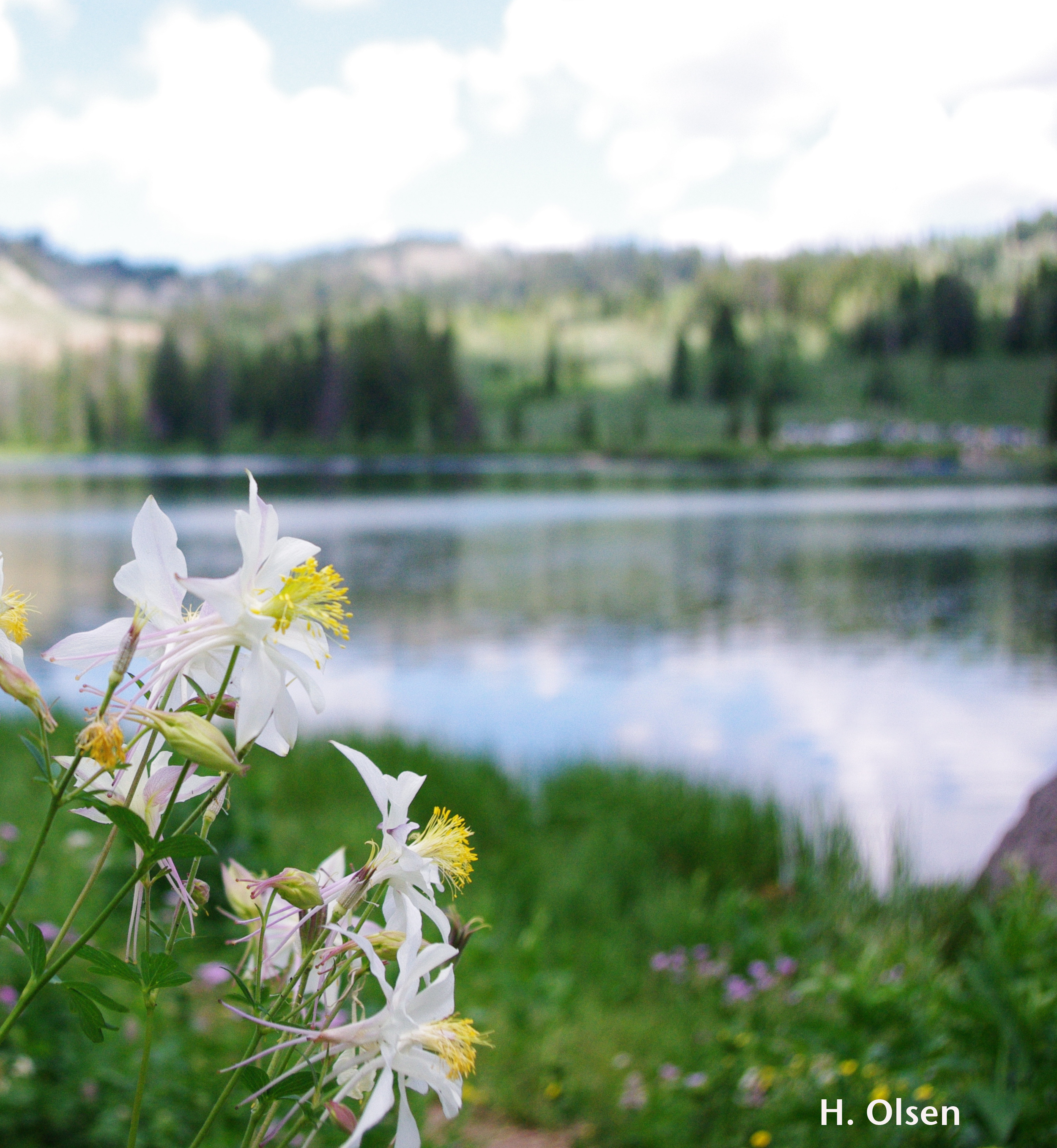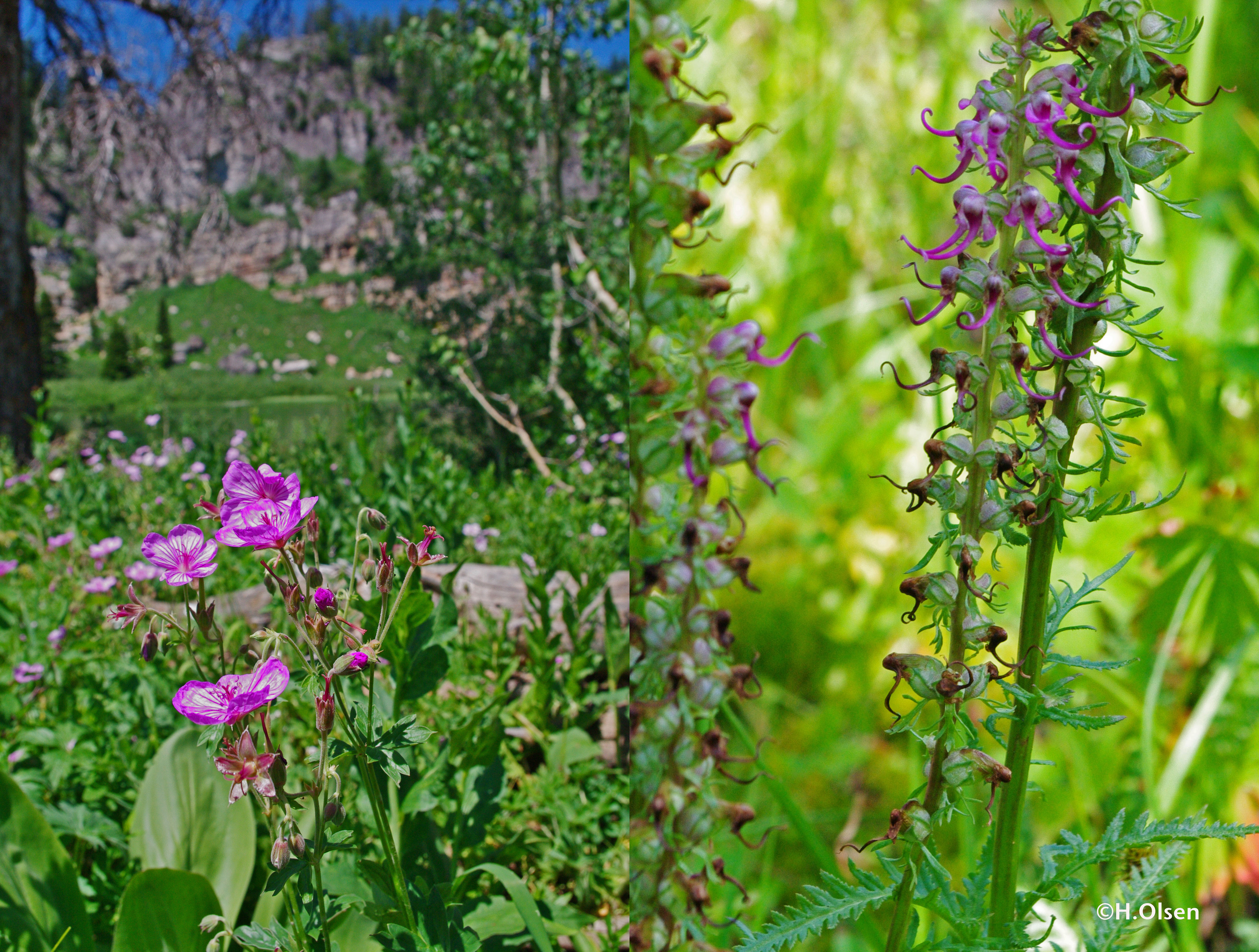Wildflowers of Tony Grove, Utah
This week we feature a guest post by our friend and horticultural colleague from the western side of the United States:
I’m Heather - a very fitting name for a horticulturist I think. I graduated from Utah State University with a degree in horticulture, and then, after a year and half stint in Argentina, I returned to get another degree in plant science; but this time emphasising in weeds/invasive species management. I like to say that I cover the spectrum from the plants people hate to the plants people love.
I’ve lived near the mountains for most of my life (my hometown is situated at the mouth of Logan Canyon near the Utah-Idaho border) and I love getting out to explore and enjoy what Mother Nature has to offer. In fact, one of the highlights of my job is that I get to spend so much time in the mountains I love - and get paid for it! While I’m usually looking for the weeds when I’m on the job, as a horticulturist and aspiring naturalist my focus is generally on the wildflowers when I’m hiking for recreation.
Tony Grove lake has been a favorite Logan Canyon destination of mine for as long as I can remember. Its popularity with Logan residents far pre-dates me, however. In the late 1800s-early 1900s it was a favorite spot with the wealthier residents of Logan (nicknamed “Tonies”, which is where the lake gets its name) who would spend days, or even weeks, each summer in the cooler temperatures of this high mountain lake. Originally a glacial-fed lake, in the 1930s it was enlarged, and has more recently been reinforced. Now it is fed through spring snow-melt and other mountain streams. The rugged cliffs on the western edge of the lake are further evidence of glacial activity.
At over 8,000 ft elevation, it is also the main trailhead for many of the Mt. Naomi Wilderness trails. My favorite of these takes you north for a couple miles before heading west and dropping down into another glacial cirque lake: White Pine lake, watched over from the North by Mt. Gog, and from the south by Mt. Magog. Because it’s a bit harder to get to (no road access; trails only) this lake is generally quieter with much less people-traffic. The meadows along this trail have spectacular shows of wildflowers in mid to late summer. Though the paintbrush (Castilleja sp.), monkshood (Aconitum columbianum), lupine (Lupinus argenteus), and geranium (Geranium richardsonii and G. viscosissimum) are most abundant in late July, if you go a little earlier in the season you can also catch the last of the columbine (Aquilegia sp.), glacier lilies (Erythronium grandiflorum), and heart-leaved arnica (Arnica cordifolia).
If you aren’t feeling up to the 8-mile (round-trip) hike to White Pine lake, there is a more casual 1-mile loop around the lake. On the south end of the lake there is a nice beach area for wading or launching a canoe. On the north end, you can find elephant head (Pedicularis groelandica)- a very unique plant, indeed.
Summer isn’t the only time for a good nature show, however. At Tony Grove, and other higher elevation locations, autumn is equally - if not more - stunning. Cooler temperatures and shorter days mean the aspens (Populus tremuloides) will soon be turning gold. A beautiful contrast against the dark green of the spruces, pines, and firs and the bright blue of the sky.
To follow, click on the links below:
Website: Heather's Home and Garden Heather's Home and Garden Instagram












